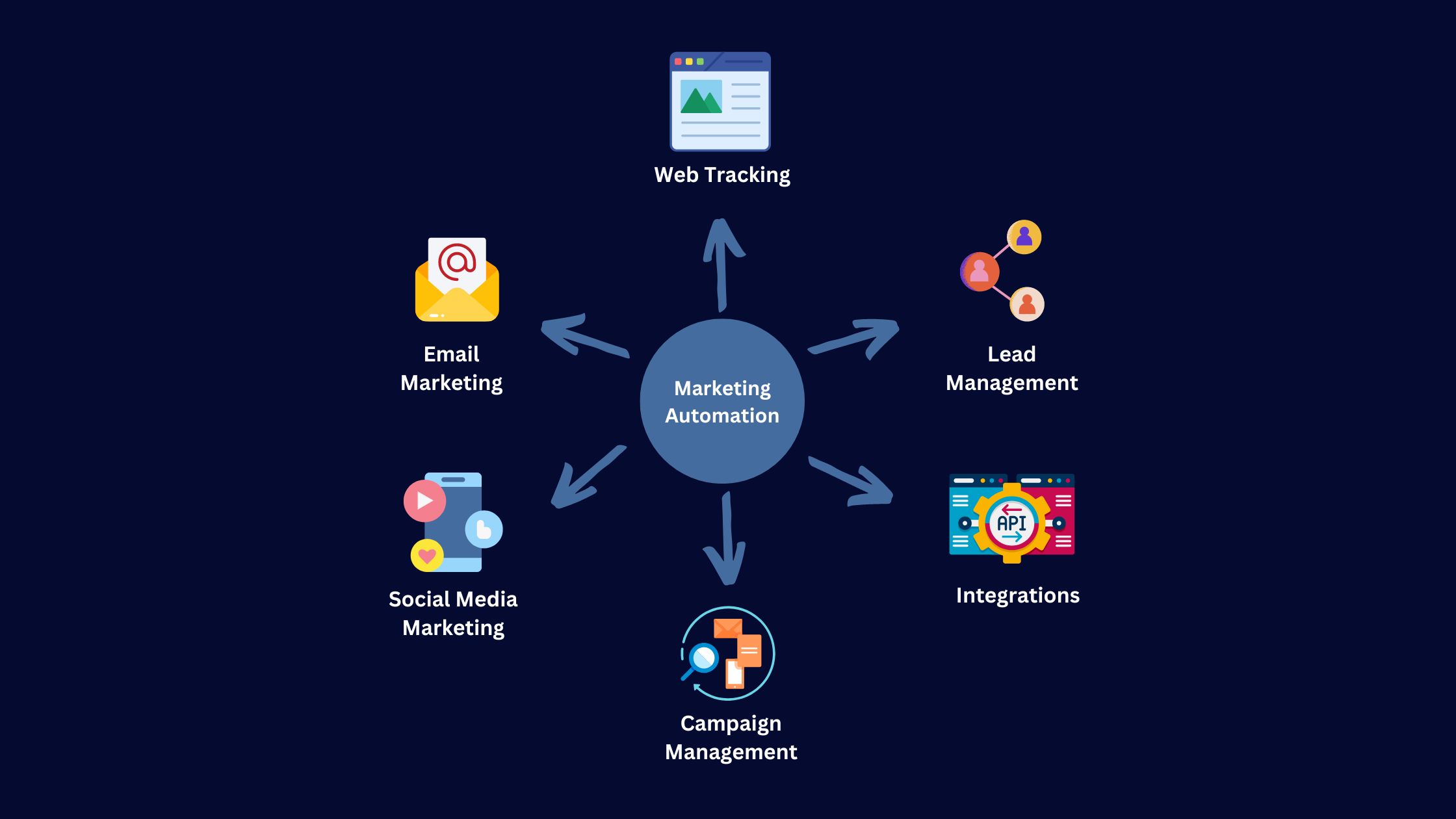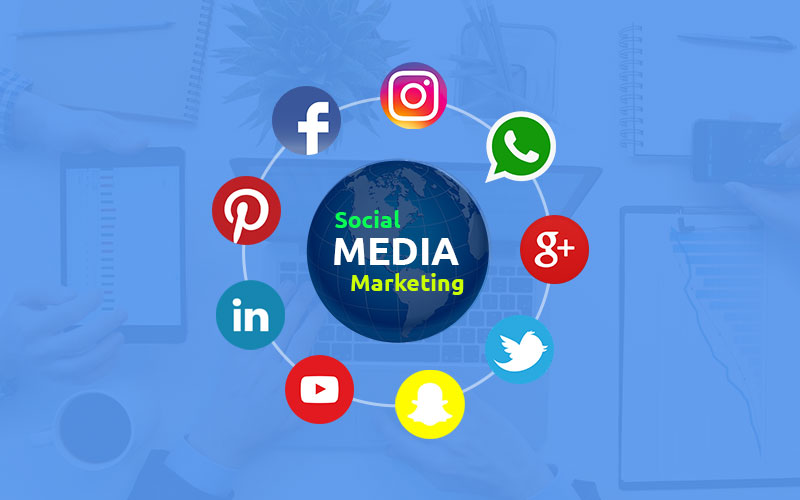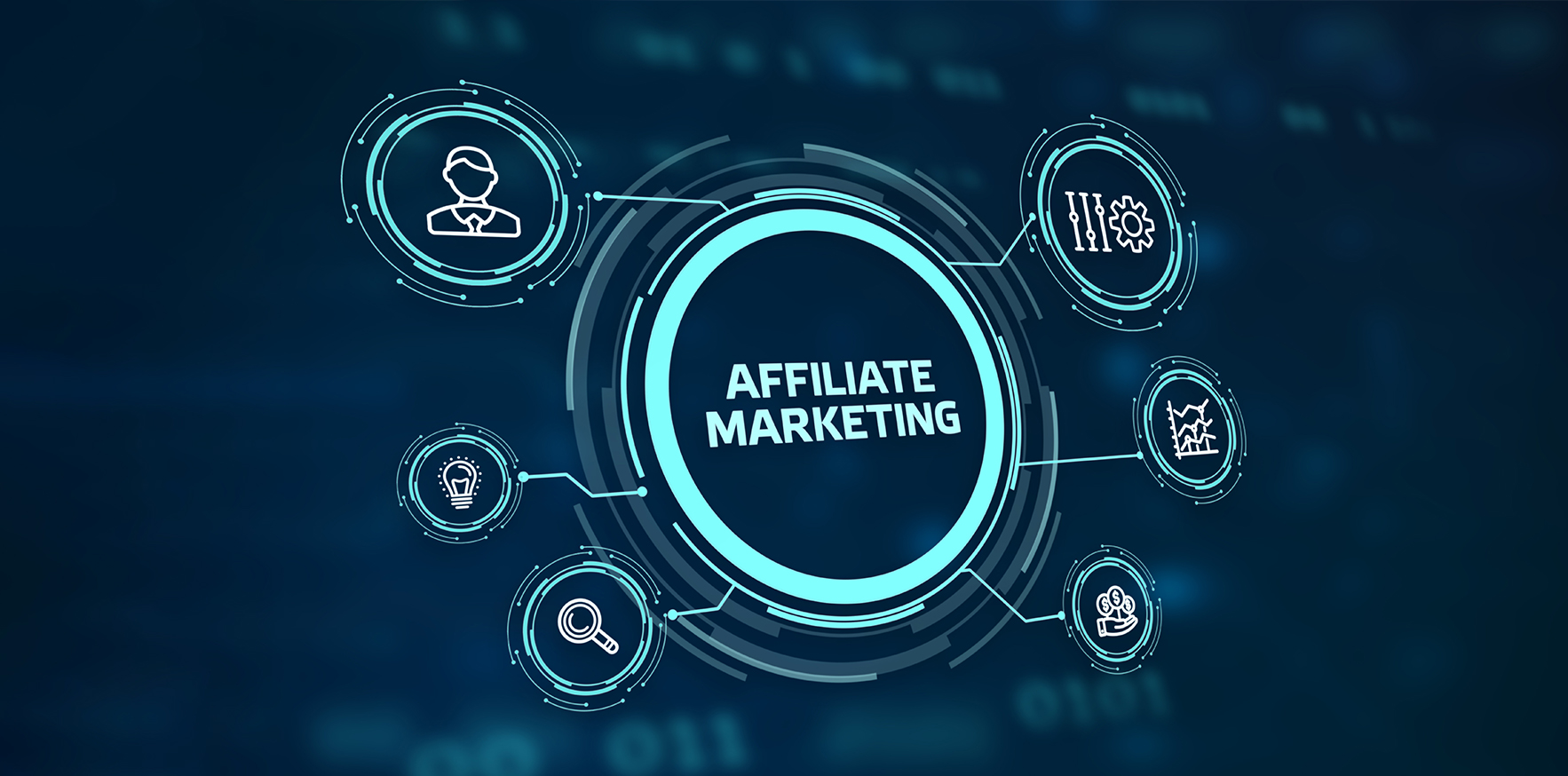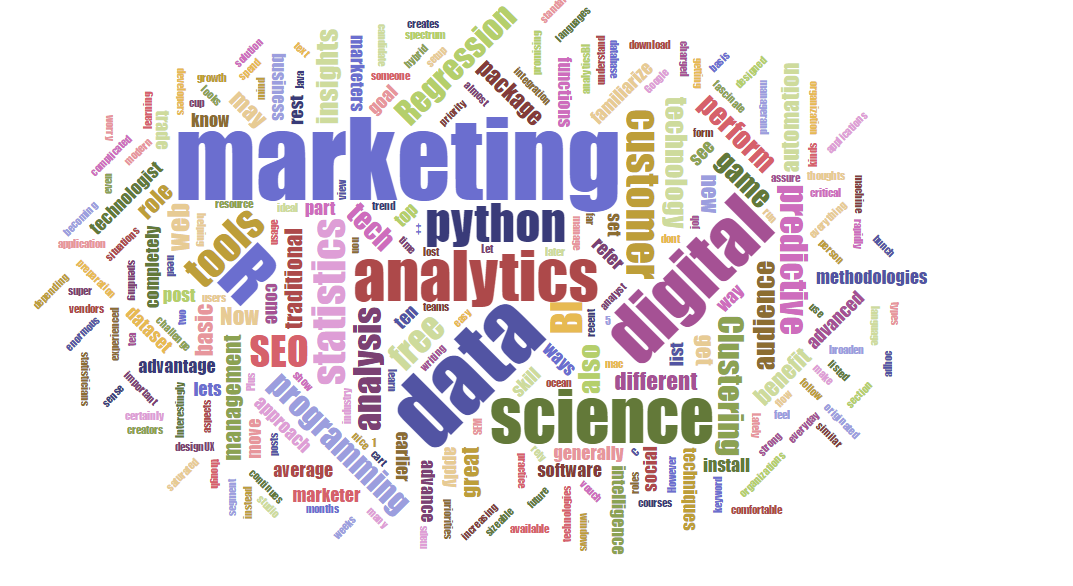Streamlining Success: The Power of Marketing Automation
In today’s fast-paced business environment, marketers are under constant pressure to achieve more with fewer resources. The digital landscape has become increasingly complex, with customers interacting with brands across multiple touchpoints, and managing these interactions manually can quickly become overwhelming. This is where marketing automation comes in. Marketing automation is the process of using software tools to automate repetitive marketing tasks, enabling businesses to reach their customers with timely, relevant content while freeing up time for strategic decision-making.
By streamlining tasks such as email marketing, social media management, lead nurturing, and customer segmentation, marketing automation not only saves time but also drives efficiency, personalization, and scalability. In this article, we’ll explore the power of marketing automation, the benefits it offers, and how you can implement it effectively to boost your business success.
Key Takeaways:
- Increased Efficiency: Automation allows marketers to focus on strategy rather than manual tasks, boosting productivity.
- Personalized Campaigns: Marketing automation helps deliver personalized content that speaks directly to customer needs.
- Data-Driven Decision Making: Real-time analytics provide actionable insights for campaign optimization.
- Lead Nurturing: Automation helps nurture leads through timely follow-ups and personalized communications.
- Scalability: Automation scales your marketing efforts, allowing your business to grow without additional manual work.
1. What is Marketing Automation?
Marketing automation refers to the use of software to automate marketing tasks and workflows. These tasks can include email marketing, social media posting, lead scoring, customer segmentation, and even personalized recommendations. Marketing automation allows businesses to streamline their processes, track customer behaviors, and deliver tailored content to the right audience at the right time.
With automation tools, businesses can create highly personalized campaigns based on customer data, behavioral triggers, and user interactions, ensuring that customers receive the most relevant messages. This not only improves customer engagement but also drives conversions and boosts ROI.
2. Why Marketing Automation Matters
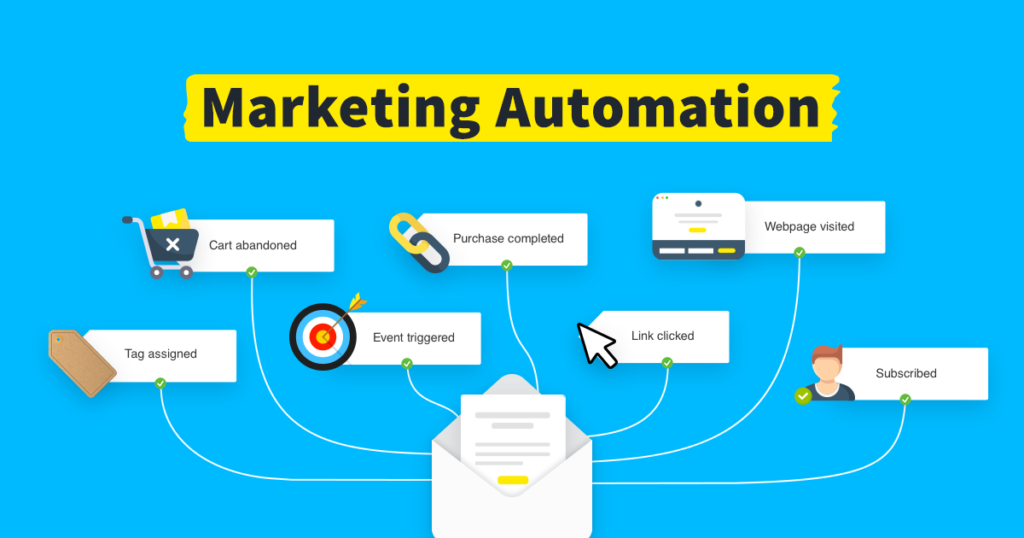
Marketing automation offers numerous benefits for businesses, whether large or small. Here’s why it matters:
a. Saves Time and Resources
By automating repetitive tasks such as email sequences, social media posts, and content distribution, your marketing team can focus on more strategic activities, such as content creation, customer engagement, and analytics. This increases productivity and reduces the manual effort involved in marketing.
b. Improves Lead Nurturing
One of the core benefits of marketing automation is its ability to nurture leads effectively. Automated workflows allow businesses to engage with leads at every stage of the sales funnel—whether they are just becoming aware of your brand, considering your product, or ready to make a purchase. By sending the right message at the right time, you can increase the likelihood of conversions.
c. Enhances Personalization
Marketing automation enables businesses to segment their audience based on specific behaviors, demographics, and preferences. This means that you can deliver personalized content that speaks directly to each individual, rather than sending out generic messages to a broad audience. Personalization is key to building relationships and improving customer retention.
d. Increases Revenue
Automated workflows help ensure that no lead falls through the cracks. By automating follow-ups, reminders, and lead nurturing campaigns, you increase the chances of converting leads into paying customers. This can result in increased sales and higher ROI for your marketing efforts.
e. Data-Driven Insights
Automation tools provide detailed insights into your campaigns’ performance. You can track key metrics such as open rates, click-through rates, and conversion rates, allowing you to refine your marketing strategies based on real-time data.
3. Key Components of Marketing Automation

To fully leverage the power of marketing automation, it’s essential to understand the key components that make up an automated marketing strategy. These components work together to streamline your marketing efforts and drive results.
a. Email Marketing Automation
Email marketing is one of the most commonly automated tasks. Marketing automation platforms allow you to create email sequences triggered by specific actions, such as signing up for a newsletter, downloading a resource, or abandoning a shopping cart. These emails can be personalized, sent at optimal times, and tracked for performance.
b. Lead Scoring and Segmentation
With automation, you can assign lead scores based on a customer’s behavior and interactions with your brand. For example, someone who has visited your product pages multiple times may receive a higher score than someone who has only visited your blog. By segmenting your leads based on their behavior and engagement level, you can send targeted messages that are more likely to convert them into customers.
c. Social Media Automation
Social media management tools, such as Hootsuite and Buffer, allow businesses to schedule and automate posts across multiple platforms. Automation ensures that your social media presence remains active, even when your team is not working, and that your content reaches your audience at optimal times.
d. Customer Relationship Management (CRM) Integration
Integrating marketing automation with CRM systems enables businesses to track interactions with leads and customers more effectively. Automation can streamline workflows by syncing customer data across different platforms, ensuring that sales teams have access to up-to-date information and can respond to leads promptly.
e. Personalized Content Delivery
Marketing automation platforms can analyze customer behavior and deliver personalized content based on what they are most interested in. This can include product recommendations, special offers, or follow-up emails after they have taken specific actions on your website.
4. Best Practices for Implementing Marketing Automation
While marketing automation can yield powerful results, it’s important to follow best practices to ensure that your implementation is successful. Here are some strategies to consider:
a. Start with Clear Goals
Before implementing marketing automation, define what you want to achieve. Are you looking to increase lead generation, improve customer engagement, or drive sales? Having clear objectives will help you choose the right tools and design effective campaigns.
b. Choose the Right Tools
There are many marketing automation platforms available, such as HubSpot, Marketo, Mailchimp, and ActiveCampaign. Take the time to evaluate your business needs and choose the platform that aligns with your objectives. Consider factors like ease of use, integration capabilities, customer support, and scalability.
c. Map Out Your Customer Journey
Understanding your customers’ journey is crucial for creating automated workflows. From awareness to conversion, map out the stages your leads go through and create automated campaigns for each stage. This will ensure that your messaging is relevant and timely, driving higher engagement.
d. Test and Optimize
Marketing automation is not a set-it-and-forget-it solution. Continuously test your campaigns, analyze results, and optimize based on the data. A/B testing, for example, can help you determine which email subject lines, CTA buttons, or content formats perform best.
e. Maintain a Human Touch
While automation is powerful, it’s important not to lose the human element in your communications. Over-automation can feel impersonal, so ensure your content is still authentic and resonates with your audience. Use personalization and maintain a conversational tone to keep your customers engaged.
5. Measuring the Success of Marketing Automation
To determine the effectiveness of your marketing automation efforts, track key metrics that align with your goals. Here are some metrics to consider:
a. Lead Conversion Rates
Monitor how many leads are converting into customers as a result of your automated campaigns. Conversion rate optimization is one of the primary goals of marketing automation.
b. Customer Retention and Loyalty
Track metrics like repeat purchases, customer satisfaction, and engagement rates to measure the long-term impact of your marketing automation efforts on customer retention.
c. ROI
Calculate the return on investment for your marketing automation efforts by comparing the revenue generated against the costs of the tools and campaigns. High ROI is a clear indicator that your strategy is effective.
d. Engagement Rates
Measure how many people are interacting with your content, including email open rates, click-through rates, and social media interactions. High engagement means your automated campaigns are resonating with your audience.
Also Read : Mastering Digital Marketing: Strategies For Success In The Modern Era
6. Conclusion
Marketing automation is an invaluable tool for businesses looking to streamline their marketing processes and improve their efficiency. By automating repetitive tasks, personalizing content, and leveraging data-driven insights, businesses can achieve greater engagement, higher conversion rates, and better overall performance. As you integrate marketing automation into your strategy, be sure to stay focused on clear goals, continuously optimize your campaigns, and maintain the personal touch that builds lasting customer relationships.
FAQs
- What is marketing automation?
Marketing automation is the use of software to automate repetitive marketing tasks such as email marketing, social media management, lead nurturing, and customer segmentation, allowing businesses to streamline operations and improve efficiency. - How can marketing automation benefit my business?
Marketing automation saves time, increases productivity, enhances personalization, nurtures leads, and improves overall customer engagement, ultimately boosting sales and ROI. - What tasks can I automate with marketing automation tools?
Common tasks that can be automated include email campaigns, social media scheduling, lead scoring, personalized content delivery, and follow-up reminders for sales teams. - Do I need a large budget to implement marketing automation?
Not necessarily. There are various marketing automation tools available for different budgets, ranging from basic tools for small businesses to more advanced platforms for larger enterprises. - How do I know if my marketing automation is working?
You can measure the success of your marketing automation efforts by tracking metrics such as lead conversion rates, engagement rates, customer retention, and ROI to assess campaign effectiveness. - Is marketing automation suitable for small businesses?
Yes, marketing automation is beneficial for businesses of all sizes. Small businesses can use automation to streamline their processes and reach customers efficiently without needing a large team. - Can marketing automation replace human marketers?
While automation can handle repetitive tasks, it cannot replace the creativity, strategy, and human touch that marketers bring to campaigns. It’s best used to complement human effort by handling routine tasks and providing data-driven insights.

